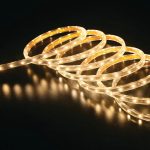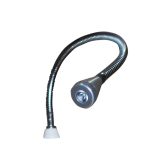Longevity Unleashed: How Long Do LED Light Bulbs Last?
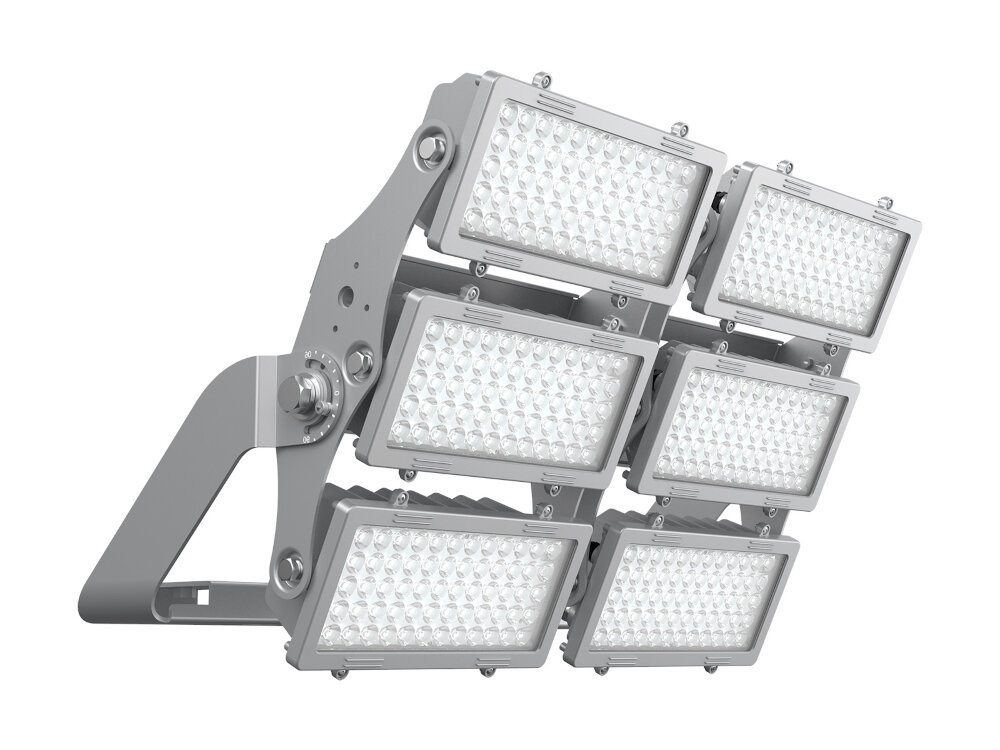
Longevity has always been a critical factor in selecting household items, and light bulbs are no exception. With the advent of LED technology, the longevity of light bulbs has increased significantly, making them a popular choice among consumers worldwide. But how long do LED light bulbs really last? The answer to this question varies depending on several factors, including the quality of the bulb, usage patterns, and environmental factors. In this article, we will explore the longevity of LED light bulbs and provide insights into how to maximize their lifespan. LED light bulbs are the most energy-efficient and long-lasting lighting option available today. They use up to 80% less energy than traditional incandescent bulbs, and their lifespan is significantly longer. LED bulbs can last up to 25,000 hours or more, which is equivalent to over 20 years of use. This longevity makes them an attractive option for consumers who want to save money on energy bills and reduce their carbon footprint. However, the lifespan of LED bulbs can be affected by several factors, including the quality of the bulb, the frequency of use, and the conditions in which they are used. In the following sections, we will take a closer look at these factors and provide tips on how to extend the lifespan of your LED light bulbs.
LED light bulbs, or Light Emitting Diodes, are a type of lighting technology that offers numerous benefits over traditional incandescent bulbs. They produce light by passing an electric current through a semiconductor, which emits photons in response. LED bulbs are more energy-efficient, consuming up to 90% less energy than incandescent bulbs, and can last up to 25 times longer. They also emit less heat, making them safer to use and reducing the load on air conditioning systems. LED bulbs come in a range of colors and can be dimmed or controlled with smart home systems. They are also more environmentally friendly, containing no toxic materials and being fully recyclable. With all these benefits, it is no wonder that LED bulbs are becoming the go-to lighting solution for homes and businesses alike.
The longevity of LED light bulbs is a crucial factor to consider when choosing the right lighting solution for your home or office. LED bulbs are designed to last much longer than traditional incandescent bulbs, which can burn out quickly and require frequent replacements. This not only saves you money in the long run, but it also reduces waste and helps to protect the environment. Choosing LED bulbs with a longer lifespan means you can enjoy bright, efficient lighting for years to come without having to worry about replacing them frequently. Additionally, longer-lasting LED bulbs are often more durable and resistant to damage, making them a reliable choice for a wide range of applications.
Factors that Affect the Lifespan of LED Light Bulbs
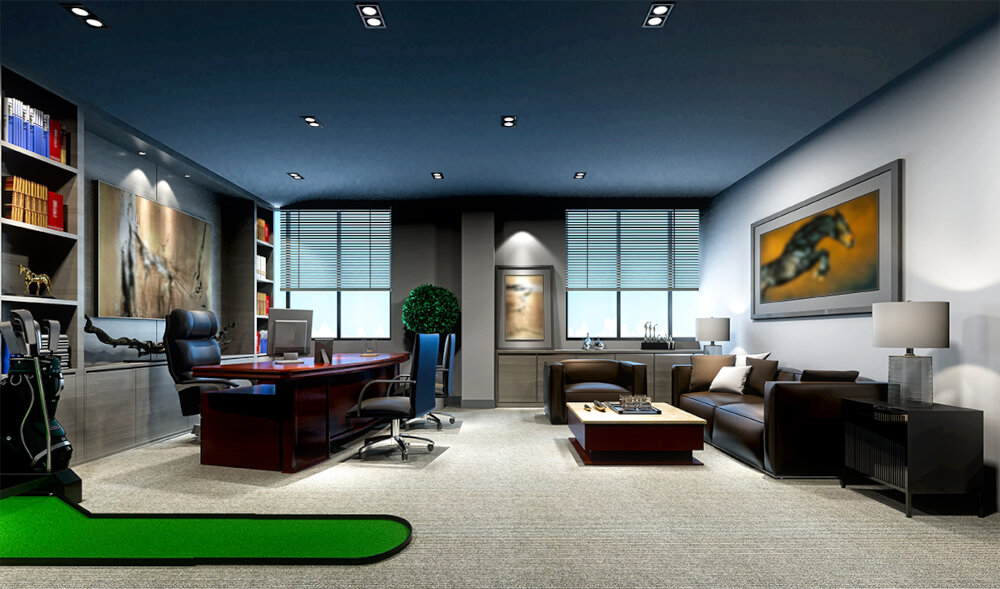
LED light bulbs have become increasingly popular due to their energy-saving capabilities and long lifespan. However, several factors can affect the lifespan of an LED light bulb. One of the most significant factors is the quality of the LED chip. Cheaper LED bulbs may have lower quality chips, which can lead to early failure. It is essential to choose high-quality LED bulbs from reputable manufacturers to ensure they last as long as possible. Another factor that can affect the lifespan of an LED light bulb is the operating temperature. LED bulbs are sensitive to heat and can fail prematurely if they get too hot. It is essential to choose LED bulbs with a cooling system, such as a heat sink or fan, to help dissipate heat and keep the bulb at a safe operating temperature. Additionally, it is crucial to avoid installing LED bulbs in enclosed fixtures or areas with poor ventilation, as this can cause the bulb to overheat and fail prematurely. By considering these factors, you can ensure that your LED light bulbs last as long as possible and provide you with energy-efficient lighting for years to come.
Temperature and humidity are crucial factors that affect the lifespan of LED light bulbs. High temperatures can cause the bulb’s internal components to degrade faster, leading to reduced efficiency and a shorter lifespan. Similarly, high humidity levels can cause corrosion and damage to the bulb’s internal circuitry. Therefore, it is essential to consider the operating temperature and humidity range when selecting LED bulbs for a particular application. LED bulbs that are designed to operate in a wide range of temperatures and humidity levels are likely to last longer and provide more consistent performance over time. By paying attention to these factors, consumers can ensure that they are getting the most out of their LED bulbs and maximizing their longevity.
The quality of materials used in LED light bulbs is a significant factor in determining their longevity. LED bulbs are made up of a variety of materials, including semiconductor chips, metal connectors, and plastic housing. The quality of these materials can vary significantly, with cheaper bulbs often using lower-quality components that are more prone to failure. High-quality bulbs, on the other hand, are typically made with more durable materials that are designed to withstand the rigors of daily use. When choosing LED bulbs, it’s important to consider the quality of materials used to ensure that you get the most bang for your buck and that your bulbs will last as long as possible.
Usage patterns play a crucial role in determining the lifespan of LED light bulbs. These bulbs are designed to last for thousands of hours, but their longevity can be affected by how frequently they are used and how long they are used for. For example, an LED bulb that is used for only a few hours per day will last much longer than one that is used continuously for several hours. Additionally, the temperature in which they operate also plays an important role. If the bulb is used in a hot and humid environment, it may shorten its lifespan. Therefore, it is important to consider usage patterns when choosing an LED bulb to ensure it meets your needs and provides long-lasting, energy-efficient lighting.
Electrical fluctuations can have a significant impact on the lifespan of LED light bulbs. These fluctuations can be caused by a variety of factors, including power surges, voltage spikes, and brownouts. When these fluctuations occur, they can cause the LED bulb to overheat or be subjected to excessive levels of electrical stress, which can ultimately lead to premature failure. To combat this issue, many LED bulbs are now equipped with built-in surge protection technology, which helps to safeguard against voltage spikes and other electrical disturbances. Additionally, using a high-quality surge protector can provide an extra layer of protection against electrical fluctuations, helping to extend the lifespan of your LED bulbs and ensure that they continue to provide reliable, energy-efficient lighting for years to come.
How Long Do LED Light Bulbs Last?
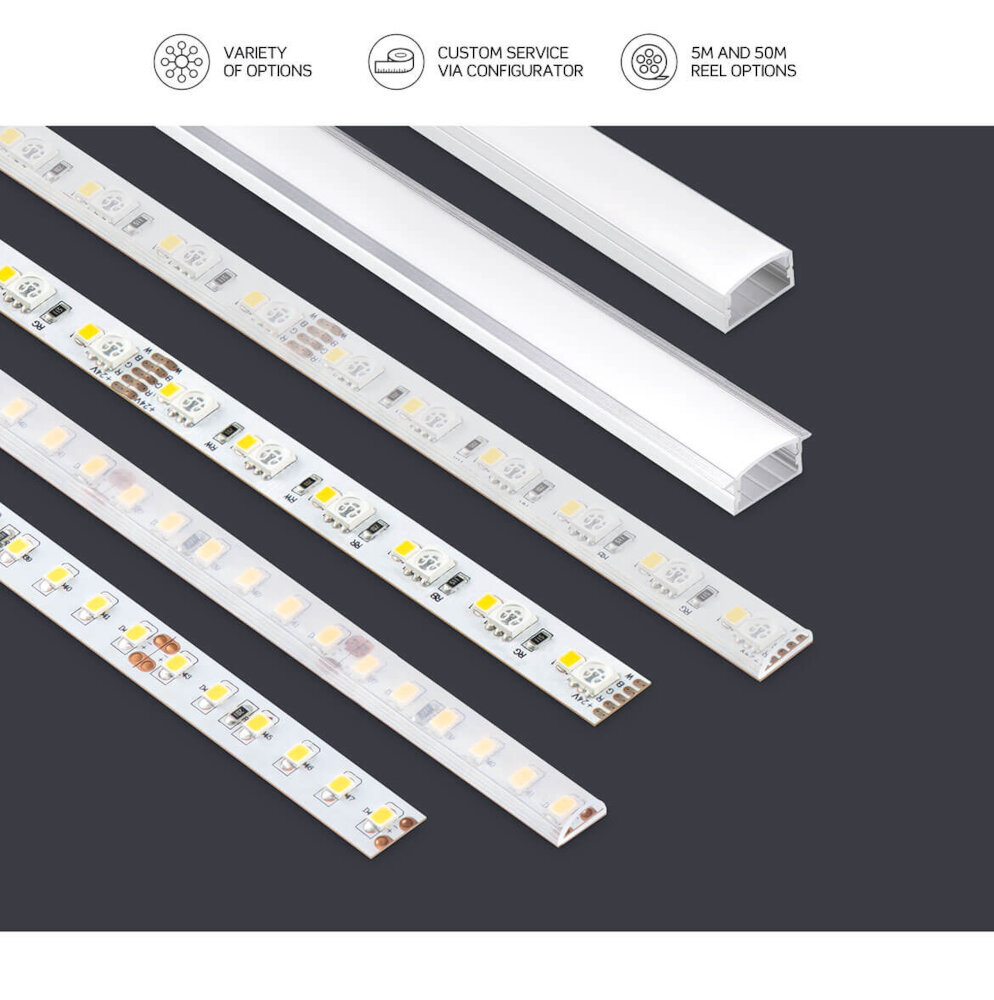
LED light bulbs have been hailed as a revolution in lighting technology, offering numerous benefits over traditional incandescent and fluorescent bulbs. One of the most significant advantages of LED bulbs is their longevity. These bulbs are designed to last for tens of thousands of hours, providing years of reliable use without needing replacement. On average, LED bulbs can last up to 50,000 hours, which is over 25 times longer than incandescent bulbs and up to 10 times longer than fluorescent bulbs. This lifespan is due to the fact that LED bulbs do not have a filament that can burn out like incandescent bulbs do. Instead, they rely on semiconductor technology that is much more durable and efficient. Another factor that contributes to the long lifespan of LED bulbs is their energy efficiency. LED bulbs use significantly less energy than traditional bulbs, which means they generate less heat and put less strain on their components. This reduced stress on the bulb’s components allows them to last longer than incandescent and fluorescent bulbs. Additionally, LED bulbs are not affected by frequent on/off cycles like other bulbs, which can further extend their lifespan. Overall, the longevity of LED bulbs is a major selling point for consumers looking for a reliable and cost-effective lighting solution. With their excellent energy efficiency and durability, LED bulbs are a smart choice for any home or business looking to save money on lighting costs while minimizing their environmental impact.
LED light bulbs have become increasingly popular in recent years due to their energy efficiency and longevity. On average, LED light bulbs can last anywhere from 15,000 to 50,000 hours, which is significantly longer than their incandescent counterparts. This extended lifespan is due to the fact that LED bulbs use a different technology to produce light, one that generates less heat and is less susceptible to burnouts. Additionally, LED bulbs do not contain any fragile filaments or other parts that can easily break or wear out over time. While the initial cost of LED bulbs may be higher than other types of bulbs, the cost savings over time due to their longevity and energy efficiency make them a smart investment for any home or business.
Compared to traditional incandescent and fluorescent bulbs, LED light bulbs have a significantly longer lifespan. Incandescent bulbs only last for about 1,000 hours, while fluorescent bulbs can last up to 10,000 hours. However, LED bulbs can last up to 50,000 hours, making them the most durable option available. Not only do LED bulbs last longer, but they are also more energy-efficient and environmentally friendly. They use less energy to produce the same amount of light, which reduces energy consumption and cost. Additionally, LEDs do not contain hazardous materials like mercury, which is present in fluorescent bulbs, making them safer to use and dispose of. The benefits of LED bulbs make them a popular choice for both residential and commercial lighting.
Ways to Extend the Lifespan of LED Light Bulbs
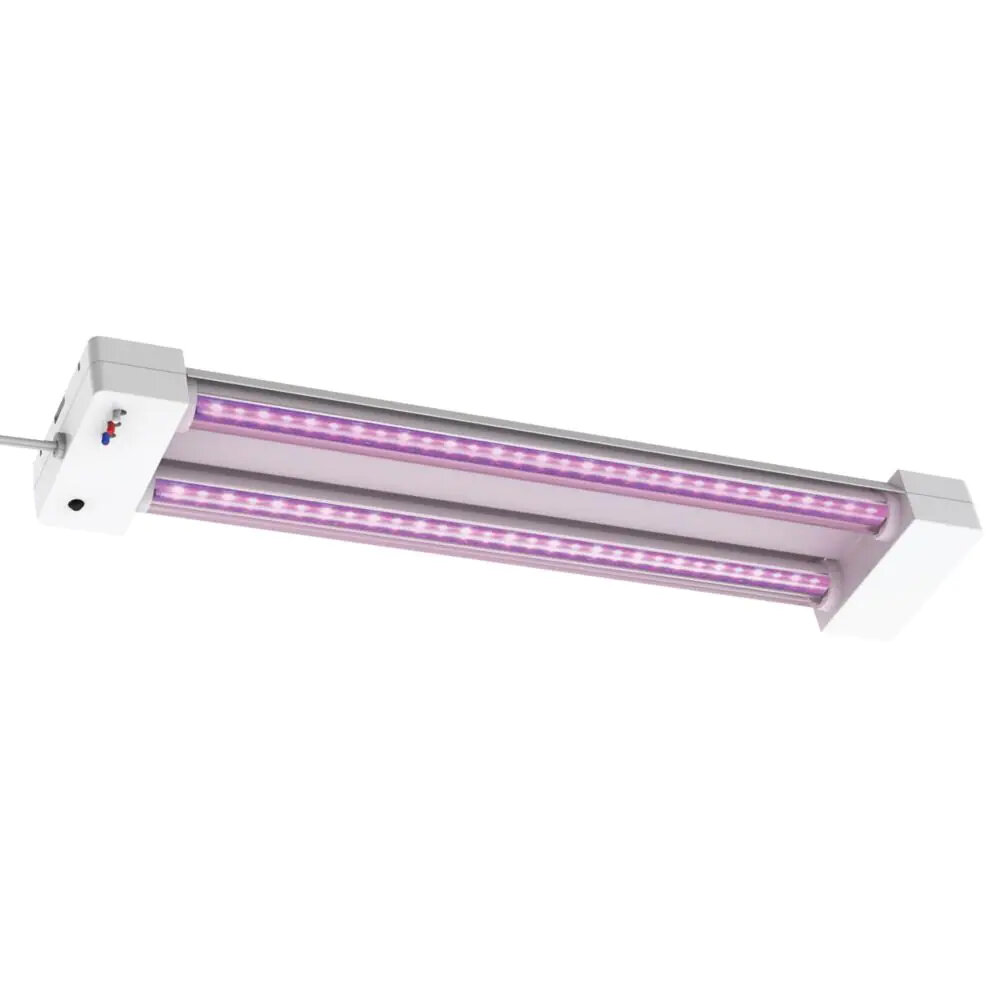
LED light bulbs are a popular and energy-efficient lighting option that can last for many years. However, there are several ways to extend their lifespan even further. One important factor is to choose high-quality LED bulbs from reputable manufacturers. Cheaper, lower-quality bulbs may have a shorter lifespan and may not be as energy-efficient. Another way to extend the lifespan of LED bulbs is to use them in appropriate environments. These bulbs are sensitive to temperature and humidity, so they should not be used in areas that are prone to extreme heat or moisture. Additionally, LED bulbs should not be used in enclosed fixtures or spaces that do not allow for proper ventilation, as this can cause the bulbs to overheat and fail prematurely. By choosing high-quality bulbs and using them in appropriate environments, LED light bulbs can provide reliable and long-lasting lighting for many years. Furthermore, it is important to clean the LED bulbs regularly to ensure maximum efficiency and lifespan. Dust and debris can accumulate on the surface of the bulb, causing it to overheat and burn out more quickly. It is recommended to gently clean the bulbs with a soft, dry cloth or a can of compressed air to remove any dust or debris. In addition, it is important to handle LED bulbs carefully, as they are sensitive to impact and vibration. Dropping or jarring the bulbs can damage the delicate components inside and shorten their lifespan. By following these simple steps, LED bulbs can provide reliable and efficient lighting for many years to come.
Proper installation and usage are crucial factors that greatly influence the longevity of LED light bulbs. It is important to follow the manufacturer’s instructions and guidelines for installation, including choosing the correct fixture and voltage. Additionally, regular cleaning and maintenance can help extend the life of the bulb. When using LED bulbs, it is important to avoid frequently turning them on and off, as this can decrease their lifespan. It is also important to use the appropriate dimmer switch, as using an incompatible dimmer can cause flickering and premature failure. By following these best practices, LED light bulbs can provide long-lasting, energy-efficient lighting solutions for years to come.
Regular cleaning and maintenance is crucial for the longevity of LED light bulbs. It is recommended to clean the bulbs with a soft cloth or a microfiber towel to avoid scratching the surface. Dust and debris can accumulate on the bulbs, reducing their efficiency and lifespan. Additionally, it is important to ensure that the bulbs are not exposed to extreme temperatures or humidity, as this can cause damage to the internal components. Regularly checking the wiring and connections can also prevent any potential hazards and prolong the lifespan of the bulbs. By taking the necessary steps to maintain and clean LED light bulbs, consumers can ensure that they are getting the most out of their investment and reducing their environmental impact.
The use of surge protectors and voltage regulators is crucial in maintaining the longevity of LED light bulbs. Voltage fluctuations can cause damage to the bulbs, reducing their lifespan significantly. Surge protectors provide a barrier against sudden spikes in voltage caused by lightning strikes or power surges, while voltage regulators ensure that the voltage remains stable and within the designated range. By investing in these devices, users can protect their LED light bulbs and extend their lifespan, ultimately saving both time and money. It is important to note that while LED bulbs are known for their durability, proper maintenance and protection are necessary to ensure they reach their full potential.
The article, \Longevity Unleashed: How Long Do LED Light Bulbs Last,\ discussed the benefits and lifespan of LED light bulbs. LED bulbs have become more popular due to their energy efficiency, long lifespan, and durability. They can last up to 25,000 hours, which is significantly longer than traditional incandescent bulbs. LED bulbs are also more eco-friendly because they don’t contain harmful materials like mercury. Another advantage is that they emit less heat, making them safer to use. Overall, LED light bulbs are a reliable and sustainable lighting option that can save money and energy in the long run.
In conclusion, the importance of longevity in LED light bulbs cannot be overstated. These bulbs last significantly longer than traditional incandescent bulbs, making them a worthwhile investment for both homeowners and businesses alike. By choosing LED bulbs, consumers can save both time and money by avoiding the frequent replacement and disposal of burned-out bulbs. Additionally, the long lifespan of LED bulbs means that they are a more sustainable option, reducing waste and energy consumption in the long run. Therefore, when it comes to lighting solutions, it is clear that prioritizing longevity and durability is essential for a brighter and more sustainable future.
Conclusion
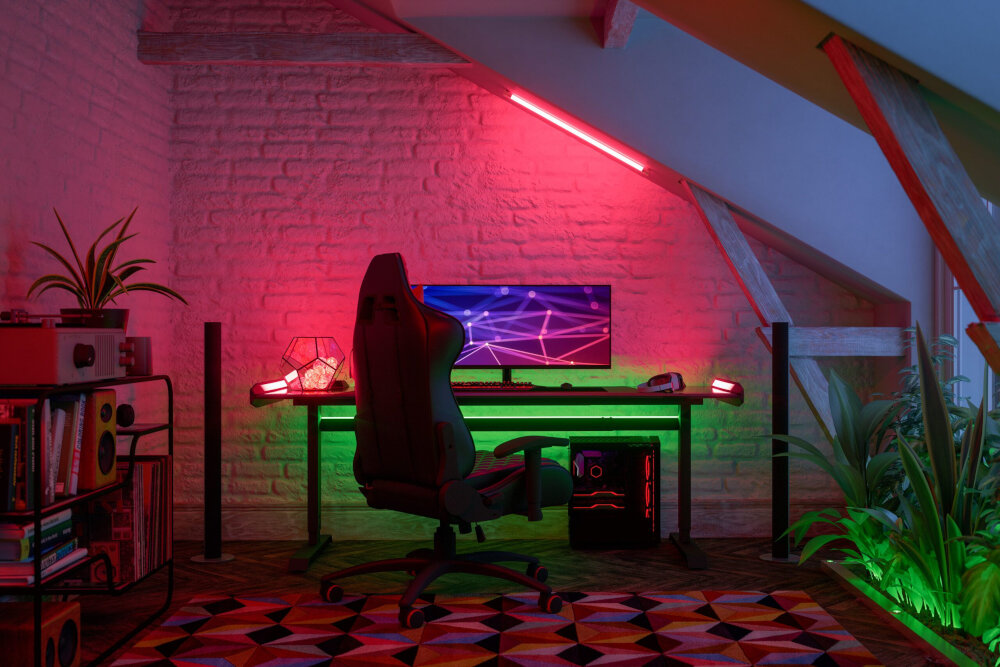
In conclusion, LED light bulbs have revolutionized the lighting industry by offering energy-efficient, long-lasting, and cost-effective lighting solutions. With a lifespan of up to 50,000 hours, they outperform traditional incandescent bulbs and even compact fluorescent bulbs. This not only saves money in the long run but also reduces the environmental impact of constantly replacing bulbs. LED technology has come a long way since its inception and continues to improve, with advancements such as smart lighting and color-changing capabilities. It’s safe to say that LED light bulbs have unleashed a new era of longevity in the lighting industry.

